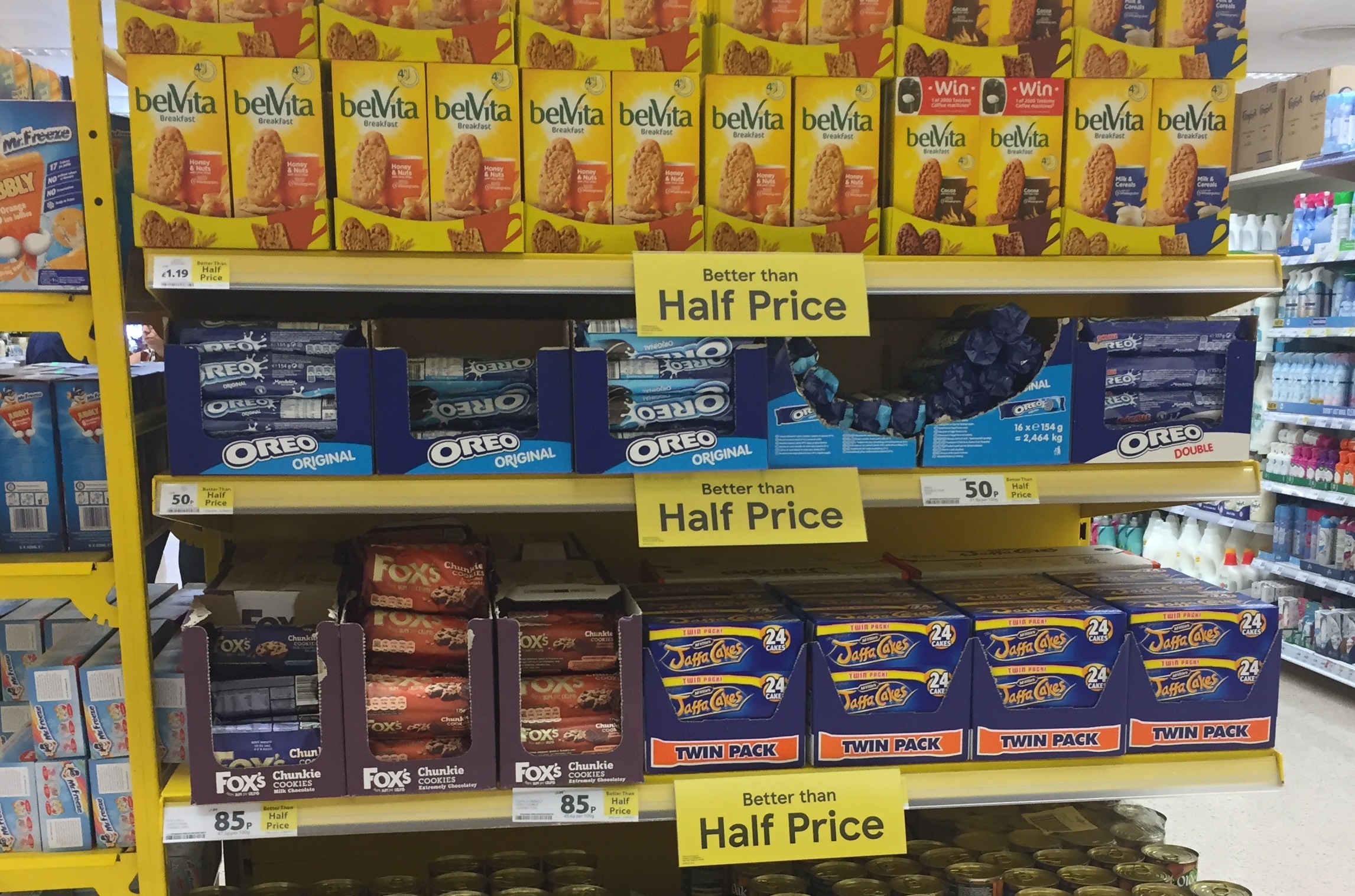 Be careful what you wish for, shoppers
Be careful what you wish for, shoppers
There are a number of technologies which enable or enhance the in-home shopping experience – a little while ago I read a super blog which lists out an array of shopper technology such as virtual stores and virtual changing rooms, all designed to enhance the shopping experience. Sometimes one can’t help think whether there’ll be a day where bricks and mortar stores no longer exist. What will that world be like?
The future is? The age of the shopper
Whatever happens, the world of retail and of consumer goods will never be the same again. The consumer goods industry grew up in the late nineteenth century, built around the concept of building a brand (helped by the creation of radio as a mass media) and distributing widely. This model remained unchanged for a hundred years as distribution (interstate, rail, planes etc.) plus reach (TV) enabled manufacturers to build big national, and then international, brands. Power was in the hands of the manufacturers until media began to fragment, and retail began to consolidate. Power shifted into the hands of the retailers. Manufacturers had to get listings, and shoppers had little choice but to buy the range that was offered to them, selected by the retailer.
Fast forward to today, and shoppers now have choices. Where once there was one mega superstore, there are now a plethora of choices: dollar stores, convenience stores, discount stores to name but a few. Online or virtual shopping just adds to the options that shoppers have. Power is in the hands of the shopper.
Shoppers have the power – what will they do with it?
The question is, what will shoppers do with that power? It’s tempting to revel in the prospects of big retail being taken down a peg or two. After all, they have been blamed for the death of the high street, the end of specialists from bakers to butchers. It’s easy to paint them as the big bully who is finally getting their comeuppance. But whilst it was economics that killed the independents, that had two elements. Sure, big retail had buying muscle to get great deals from manufacturers, and also economies of scale. But these would have been nothing without the choices made by shoppers. It was shoppers who deserted the high street. It was shoppers that gave Tesco and Wal-Mart their economies of scale. So what will shoppers do with their power now?
Shoppers have more choice, but as in the past, if they do not consider the implications of their choices, they might not be so happy with the consequences. Bricks and Mortar retail is fast reaching a tipping point. Stores (especially the big ones) are expensive to run and depend on traffic to keep them economically viable. Shoppers, if you are happy to see stores disappear, then flick on your iPad, hit the virtual stores and shop your heart out. But if you’d like to keep those physical shops, even just for a few shopping occasions and trips, then perhaps you should consider the consequences of your actions.
And to brand marketers and brand owners; what will you make of this paradigm shift? Has big retail blinked and if so, what will you choose to do about it? Will brands continue their obsession with all things shiny online, and rush in without thinking of the longer term consequences? If share might shift to new channels and retailers, then are plans in place to manage this transition: have the actions of both new and old customers been anticipated? If this is truly the age of the shopper, then whoever can win greatest influence with shoppers will be in the ascendency. Heady times: big decisions.
These changes in retail environment and shopper behavior lie at the heart of the Shopper Marketing Revolution – what I like to call this era where brands must embrace new fundamental principles to survive. (The Shopper Marketing Revolution is also the title of the book I am co-writing with Toby Desforges, which will be released in a few months – in case you hadn’t heard!)
Power is in the hands of the shoppers. Who will win their hearts?




